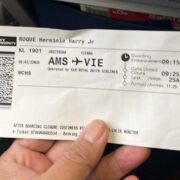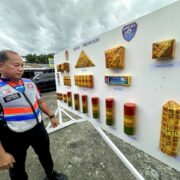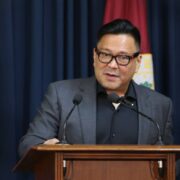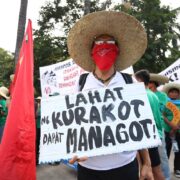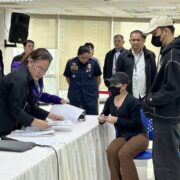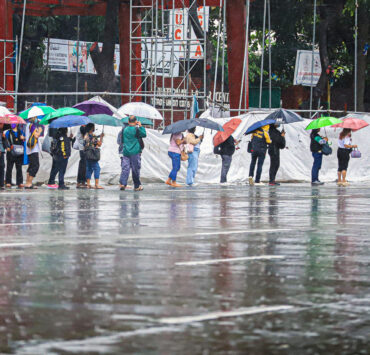New solution to PH lack of health workers eyed
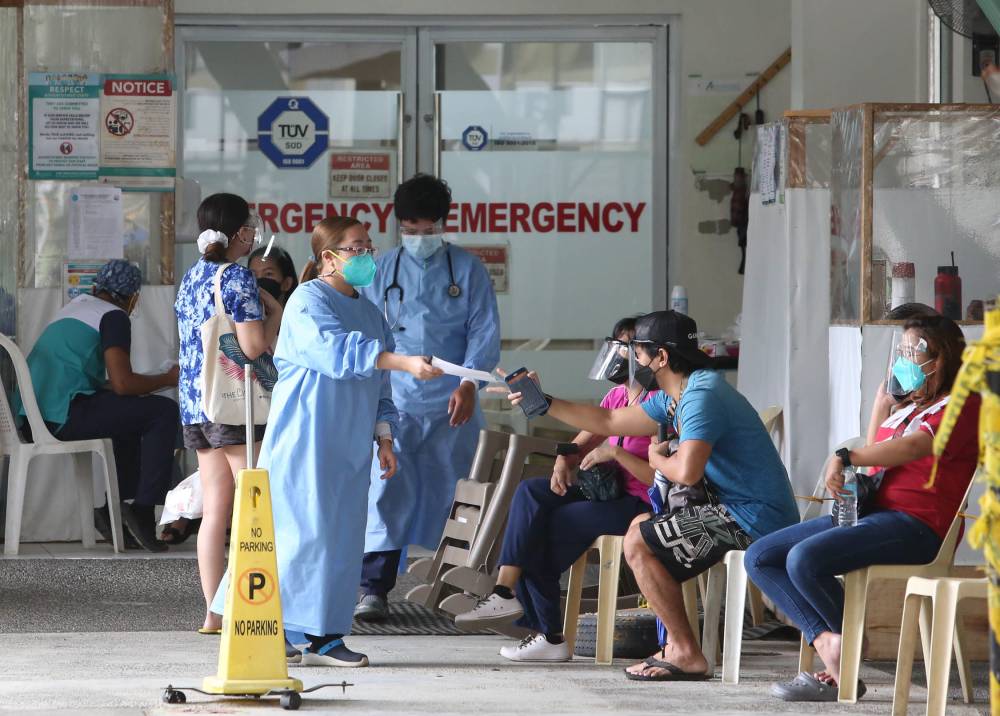
The Philippines may finally be able to address its shortage of health-care workers through the “novel solution” of offering to share its expertise in medical care with other countries through training partnerships.
“Instead of losing our local workers abroad, we can share our medical and nursing clinical skills with foreign students through student exchange programs. This way, we assist other developing countries in building their own health-care workforce while providing fruitful opportunities to our educators,” University of the Philippines (UP) Manila Chancellor Michael Tee proposed during the Philippine Pacific Initiative on Sustainable Health Workforce for Health Security held recently in Manila.
The conference gathered global health experts and ministers of health and foreign affairs from Pacific Island countries and territories to address the critical need for sustainable health human resources in the area.
“This may be a novel solution. The government may also provide incentives to faculty members who will share their expertise in teaching foreign students. We will become the center of training for excellent health-care practitioners in the world,” Tee said.
UP Manila is the country’s center of excellence in the health sciences, including health professional education, training and research. It also operates the Philippine General Hospital, the country’s largest medical center, which serves as a laboratory hospital for health science students in the university.
As part of the training package, Tee suggested the inclusion of immersion in specialized programs in community care, elderly care and mother-and-child care for one month.
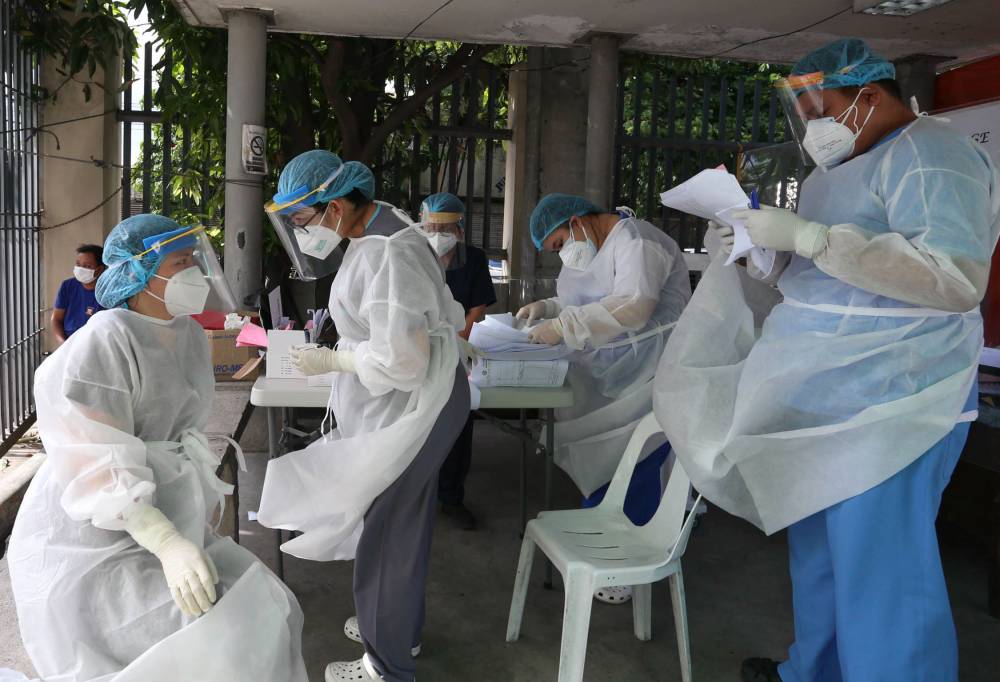
The hands-on experience in the Philippines, he said, would improve students’ knowledge in these important areas of health care while fostering cultural and educational exchange.
The World Health Organization (WHO) has projected that the global health workforce shortfall will reach 10 million by 2030.
This will affect low-income and middle-income countries, including the Pacific Island nations and the Philippines.
The country has nearly a million licensed health professionals with approximately one-third of them working abroad, leaving a domestic shortfall of around 200,000 health workers, the WHO said.
200,000 short
Despite being the largest exporter of medical professionals, there is a gap of more than 220,000 health-care workers— particularly nurses and doctors —practicing in local facilities, according to the Department of Health (DOH).
While brain drain is largely blamed for the shortage, Dr. Johanna Solon Banzon, director of the DOH-Health Human Resource Bureau, said that another factor was the limited number of graduates produced.
For instance, only two out of 10 students (5,585 out of 23,434) taking up medicine from 2015 to 2019 were able to graduate.
Similarly, nursing schools saw 48,652 enrollees during the same period, but only 11,014— or 23 percent—managed to finish the program.
Other factors are limited learning and career development opportunities for health-care professionals in the country. The local health labor market is also not attractive due to subpar wages and poor working conditions.
For instance, nurses working in government medical facilities can have a rank of Nurse I to Nurse VII, earning between P37,000 to P90,000 per month.
But a nurse with less than a year of experience who chooses to work in the United Kingdom can earn around 2,000 pounds or P145,000 monthly.
During the conference co-organized by the DOH and Department of Foreign Affairs, Health Secretary Teodoro Herbosa committed to finding lasting solutions to the shortage of health-care workers and strengthening health security both in the Philippines and Pacific Island countries.






